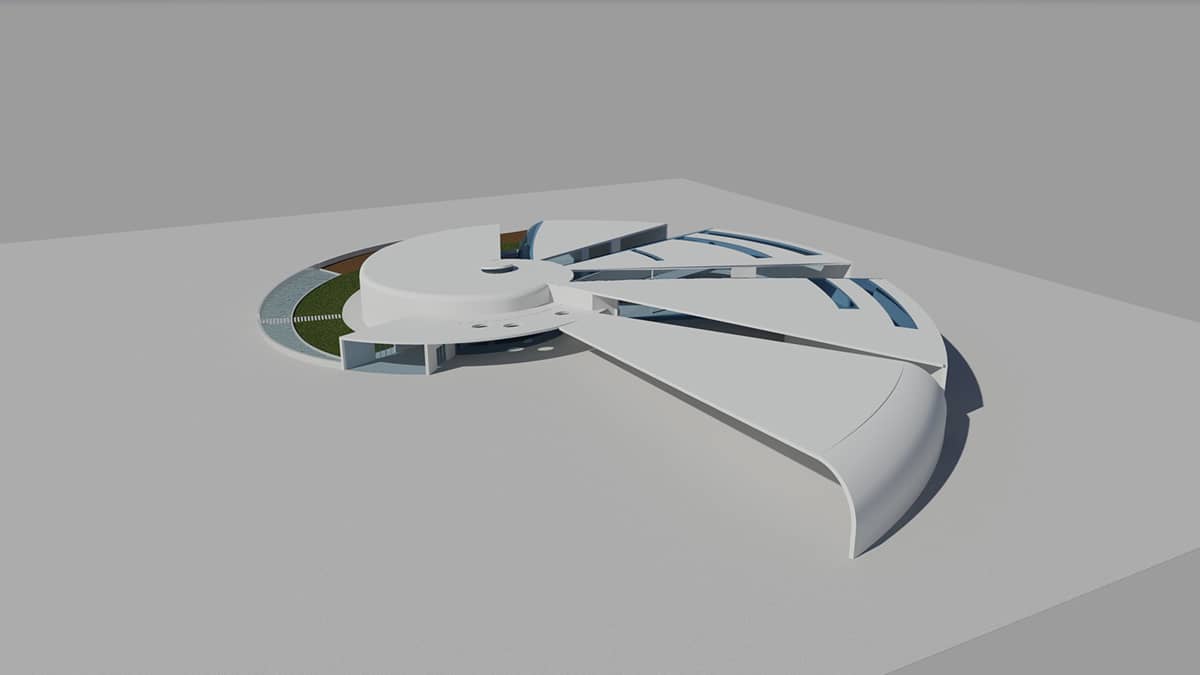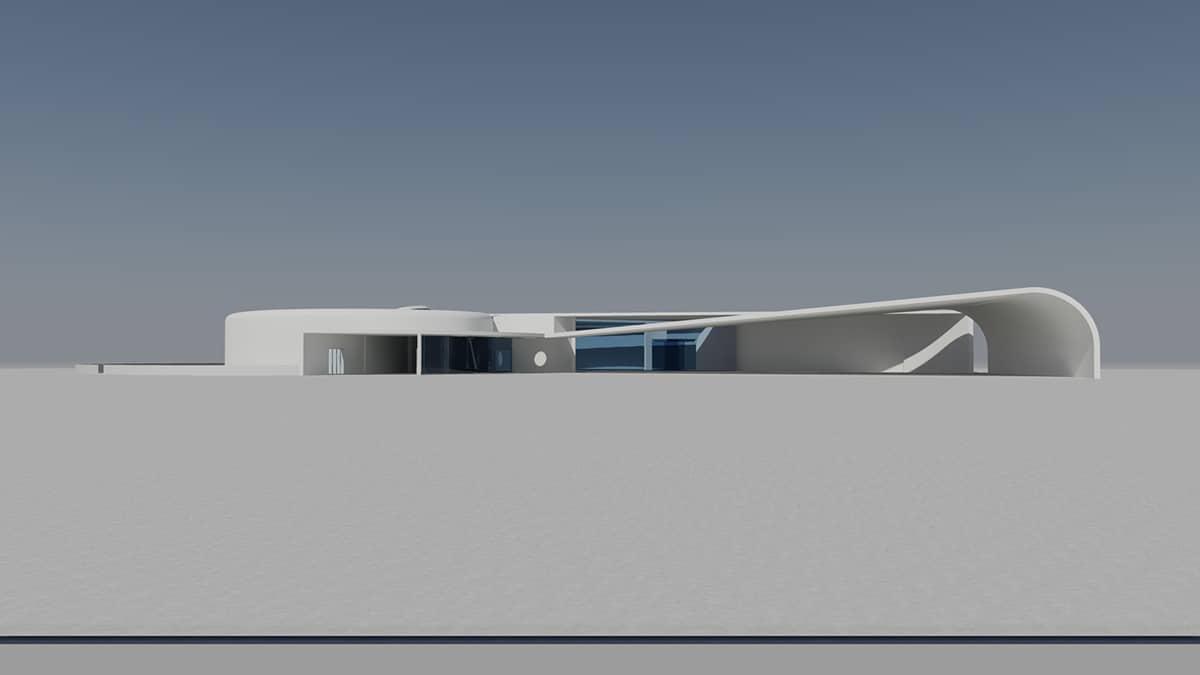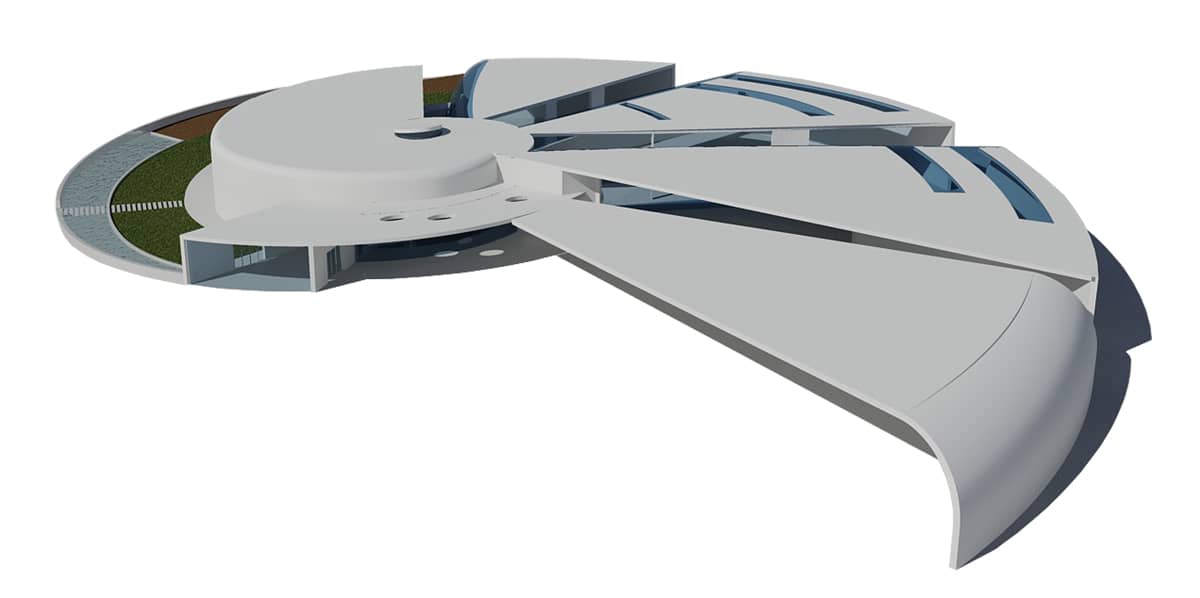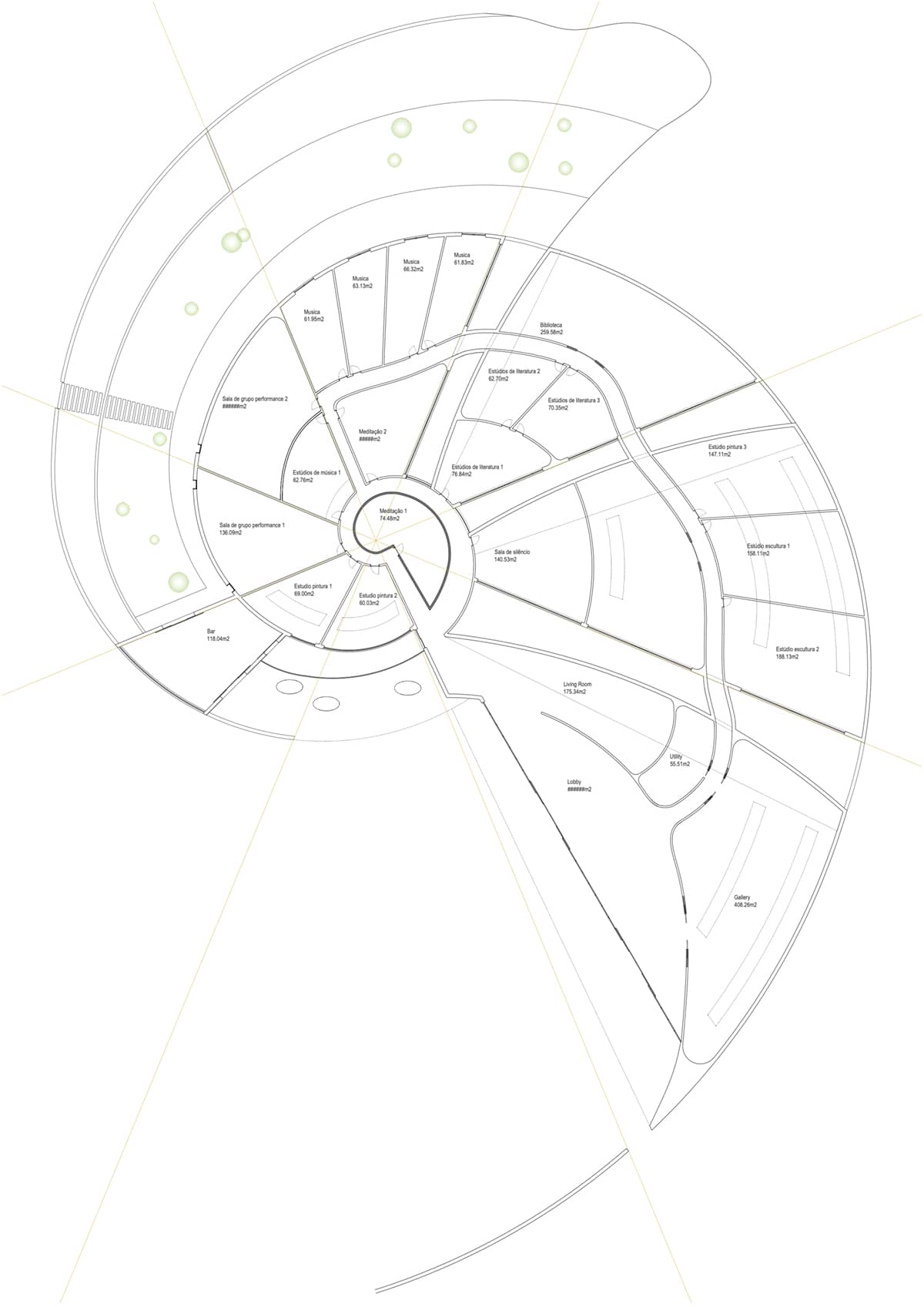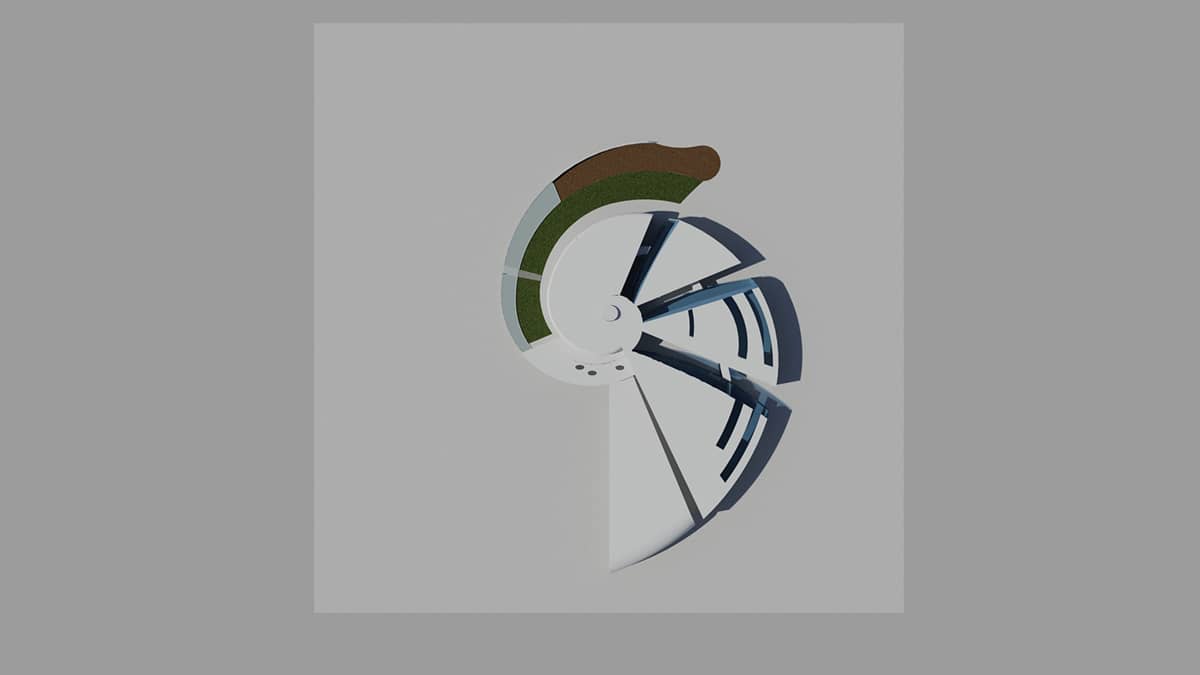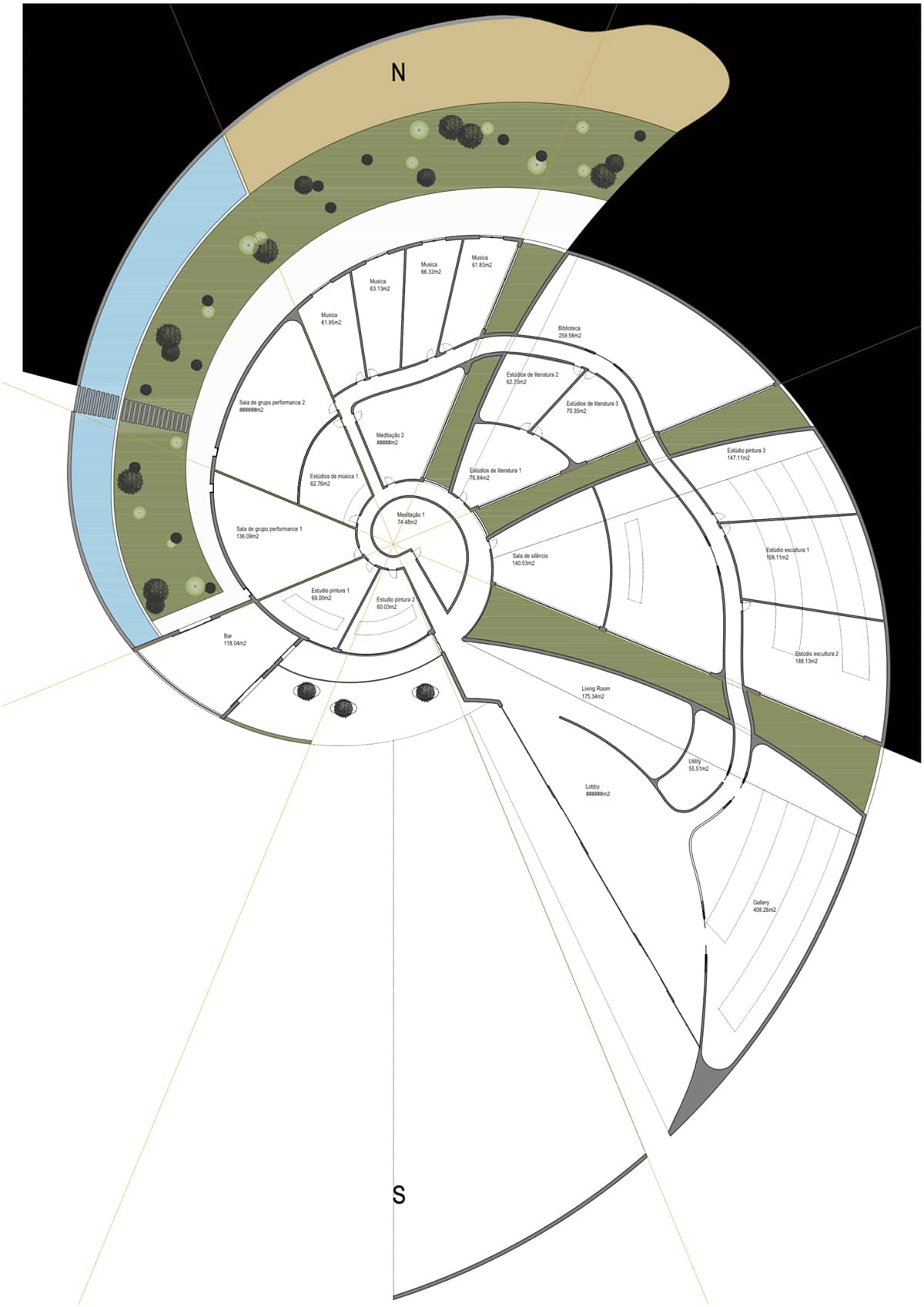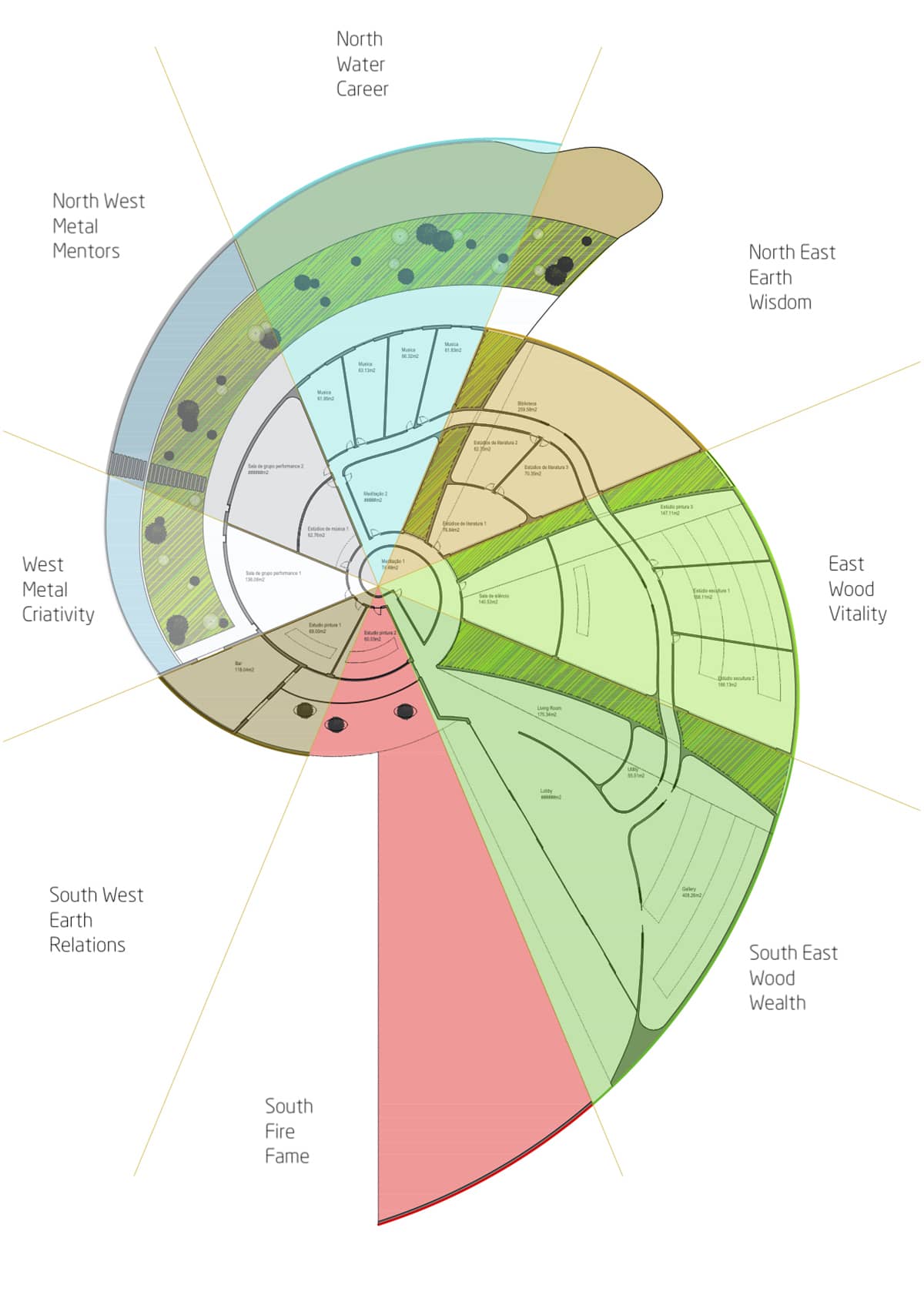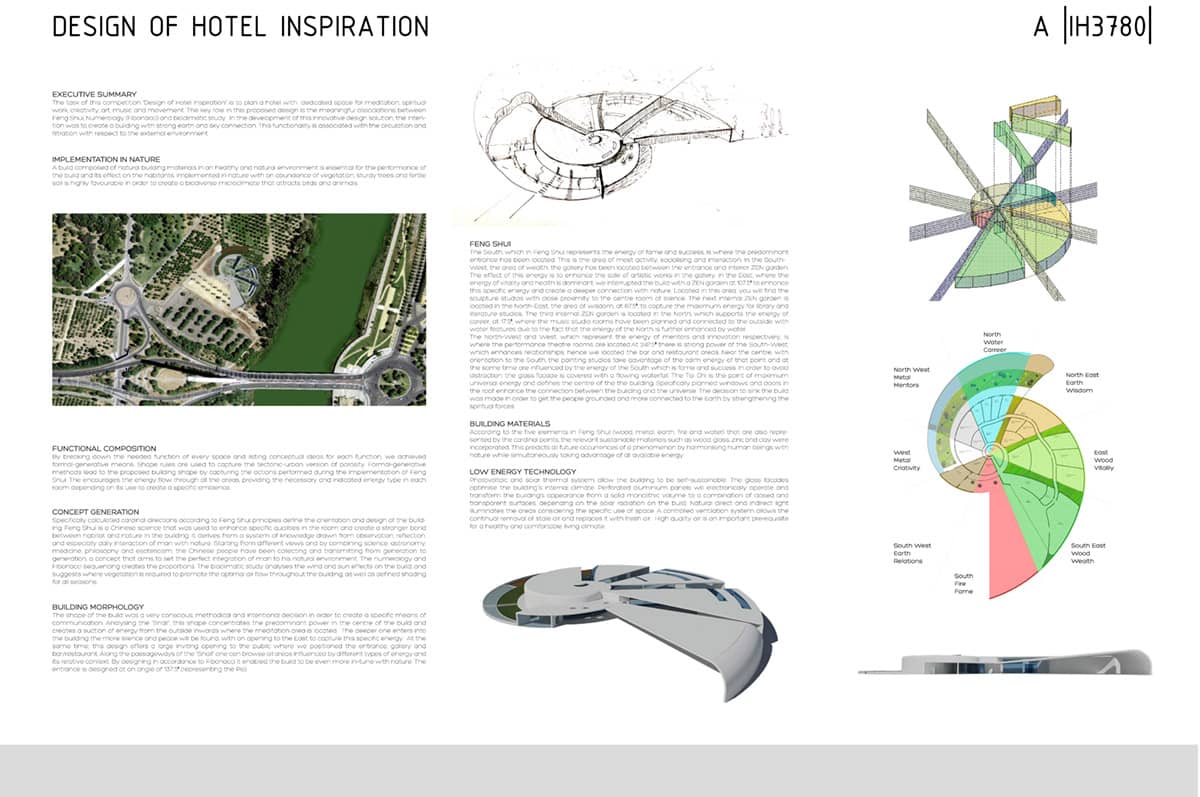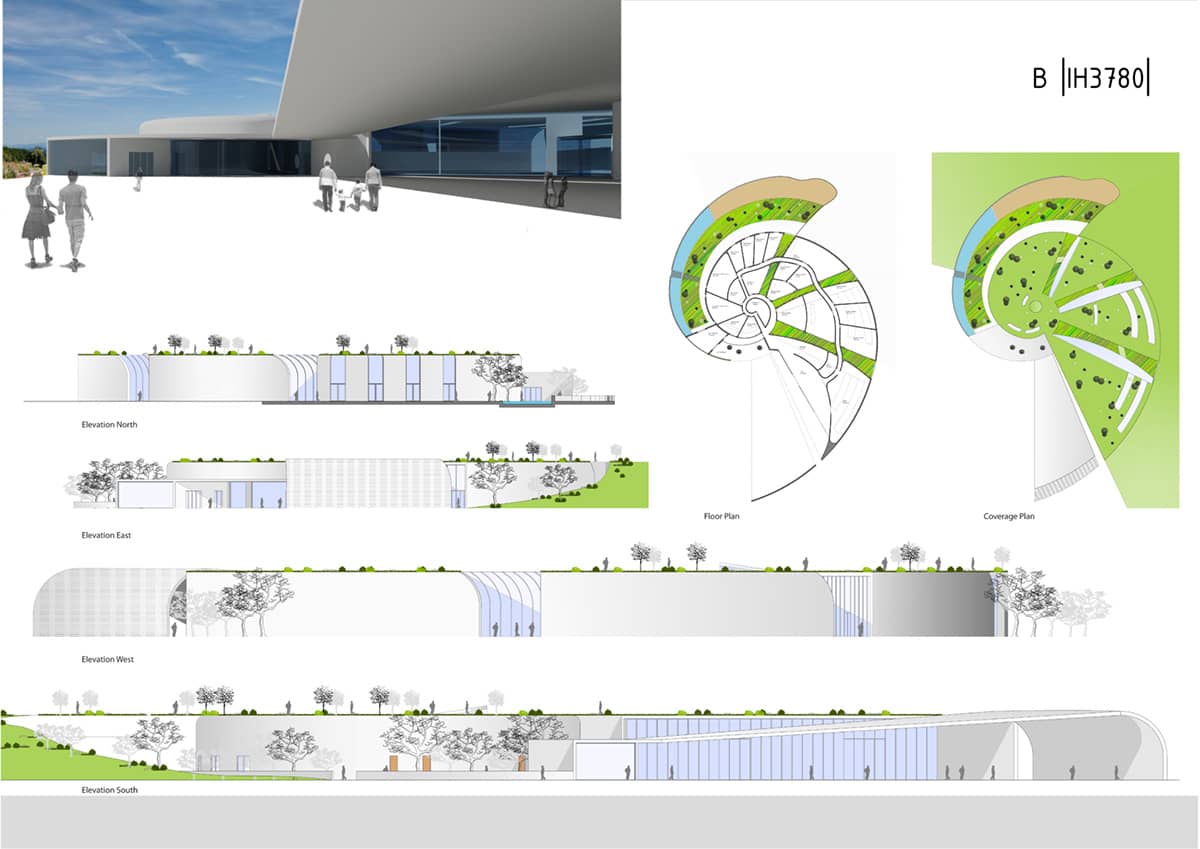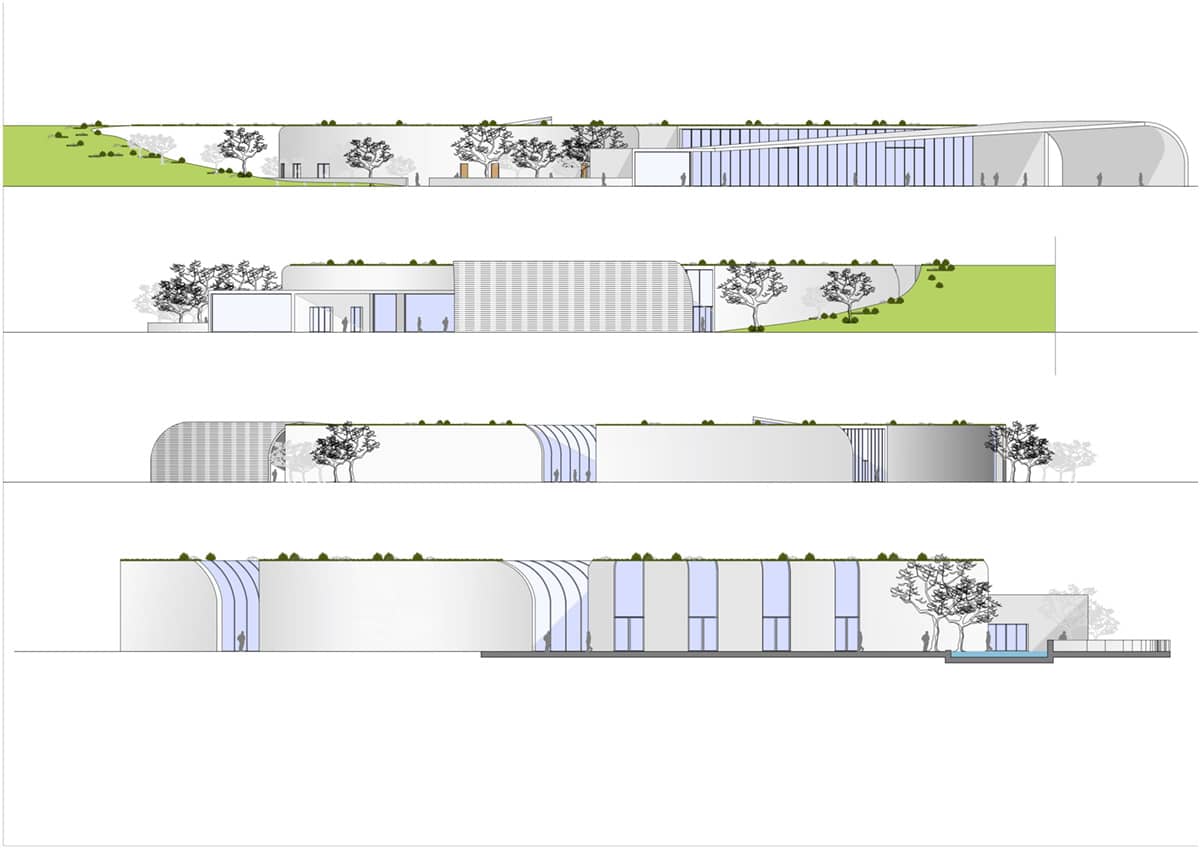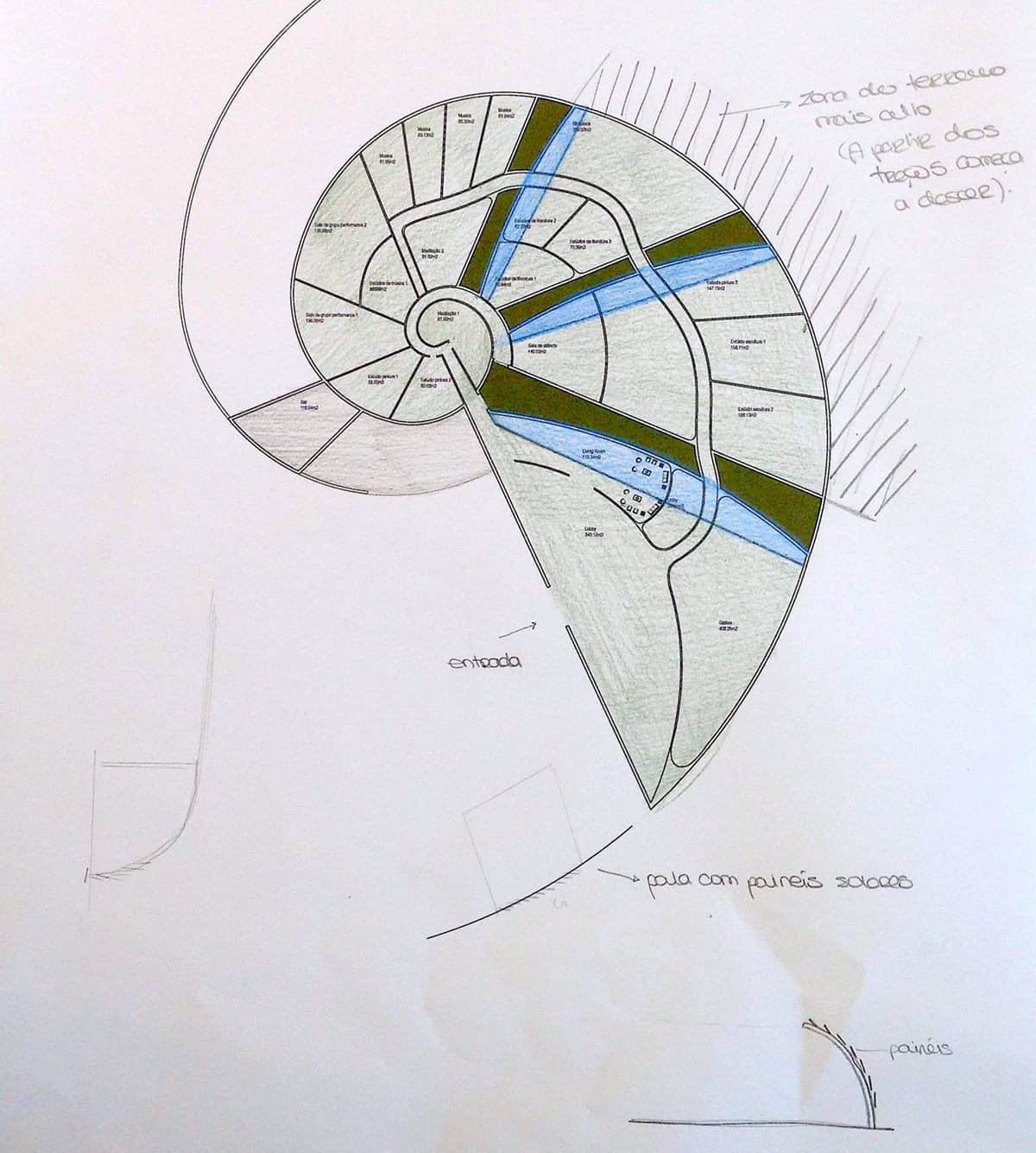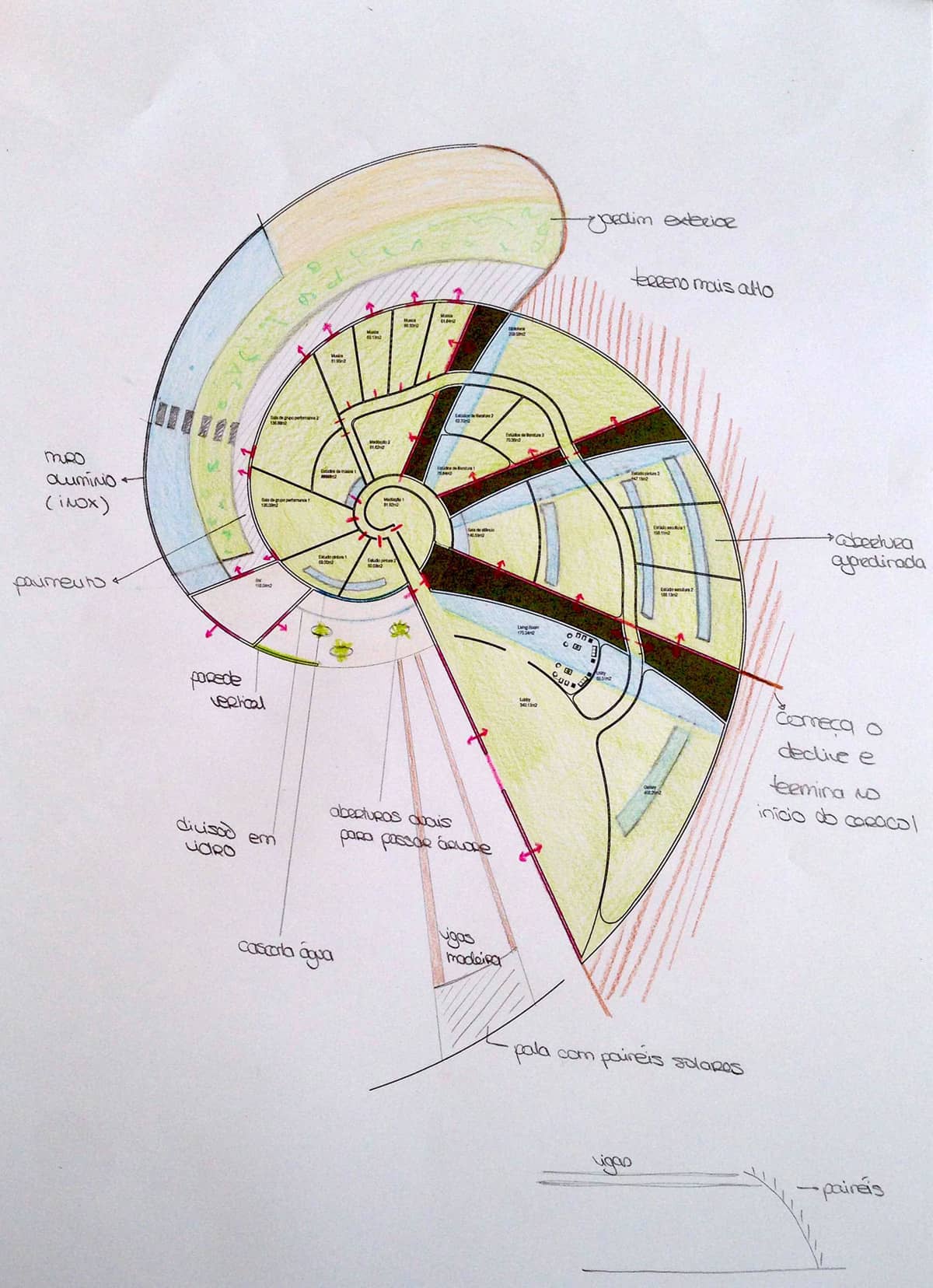Hospitality and leisure
Hotel Inspiration
Feng Shui inspirations: a hotel in harmony with nature.
The objective of the Inspiration Hotel Design Competition was to design a hotel with spaces dedicated to meditation, spiritual work, art, music, and creative movement. CORE put forwards a design with a basis on meaningful associations between Feng Shui principles, numerology (Fibonacci), and the results of a detailed bioclimatic study of the location. In seeking to meet all of these specifications, the vision that emerged was a space with strong connections to both the earth and the sky. Eco-friendly building materials were seen as an essential feature for this project, key to creating a healthy, natural environment that positively affects the wellbeing of occupants and influences all their senses. Sustainable materials such as wood, glass, zinc, and clay were also incorporated, in keeping with the five elements of Feng Shui (wood, metal, earth, fire, and water), which are also represented by the cardinal points.
Read more
To maximise hotel functionality and guest wellbeing, it was determined that a connection to nature was an essential feature, created in the building’s structure itself, which would be composed of natural building materials. Next, the building would be integrated into its natural surroundings, with the CORE team therefore leveraging the abundance of vegetation, sturdy trees and fertile soil in order to create a biodiverse microclimate to attract local birds and animals.
Concept generation
Cardinal directions were carefully calculated according to Feng Shui principles, determining the building’s orientation and design, while numerology and Fibonacci sequencing determined its proportions. CORE also conducted a detailed bioclimatic study to analyse the effect of the wind and sun on the area, the results of which would determine prime locations of vegetation to promote optimal airflow throughout the building, and where shading would be required for each season.
Building a morphology
The logarithmic spiral (or snail) shaped building was also inspired by the principles of Feng Shui, and designed following a very conscious, methodical and intentional process. Encouraging energy flow through every area of the building, the shape also provides the necessary optimal energy type for each room, creating a specific ambience depending on what it is used for. A suction effect concentrates energy sucked in from the outside in the centre, where the meditation area is located. The deeper into the building guests go, the more peace and silence they find, with an additional opening to the east capturing this specific energy. A large, inviting opening was also provided to the public, with a gallery, bar and restaurant positioned at the entrance. Along the passageways within the building, guests can browse the areas influenced by different types of energy and their individual contexts. Designing the building’s shape according to the Fibonacci sequence allowed it to even more in tune with nature.
Building a layout
The south, which represents the energy of fame and success in Feng Shui, was chosen as the building’s predominant entrance. This is the hotel’s busiest in terms of socialising and interaction. A gallery was placed between the entrance and indoor ZEN garden on the South-Westerly side of the building, an area associated with wealth. The effect of this energy aims to enhance the sale of artistic works in the gallery. In the east, which was associated with the energy of vitality and health, a ZEN garden broke up the built area, enhancing this specific energy and allowing for a deeper connection to be forged with nature. Another internal ZEN garden was placed to the North-East, the area associated with wisdom, and a third interior ZEN garden in the north, connecting to the outside with water features, enhancing the northern energy using water. Performance theatre rooms were placed in the northwest and west, representing the energy of mentors and innovation, respectively. Near the centre, facing south, painting studios take advantage of calm energy while leveraging the energy of the south, which is associated with fame and success. To avoid any distractions, the glass facade was covered with a flowing waterfall. Specifically planned windows and doors in the roof enhanced the connection between the building and the universe.
Low–energy technology
Photovoltaic and solar thermal systems make the building self-sustainable, while glass facades optimise the building’s internal climate. Electronically operated perforated aluminium panels transform the building’s appearance, taking it from a solid monolithic volume to a combination of closed and transparent surfaces, depending on the solar radiation received. Natural direct and indirect light illuminate areas according to the specific use of space. At the same time, a controlled ventilation system allows for continuous airflow through the areas, high-quality air having been determined as an essential prerequisite for a healthy, comfortable, peaceful living environment.
Read less
